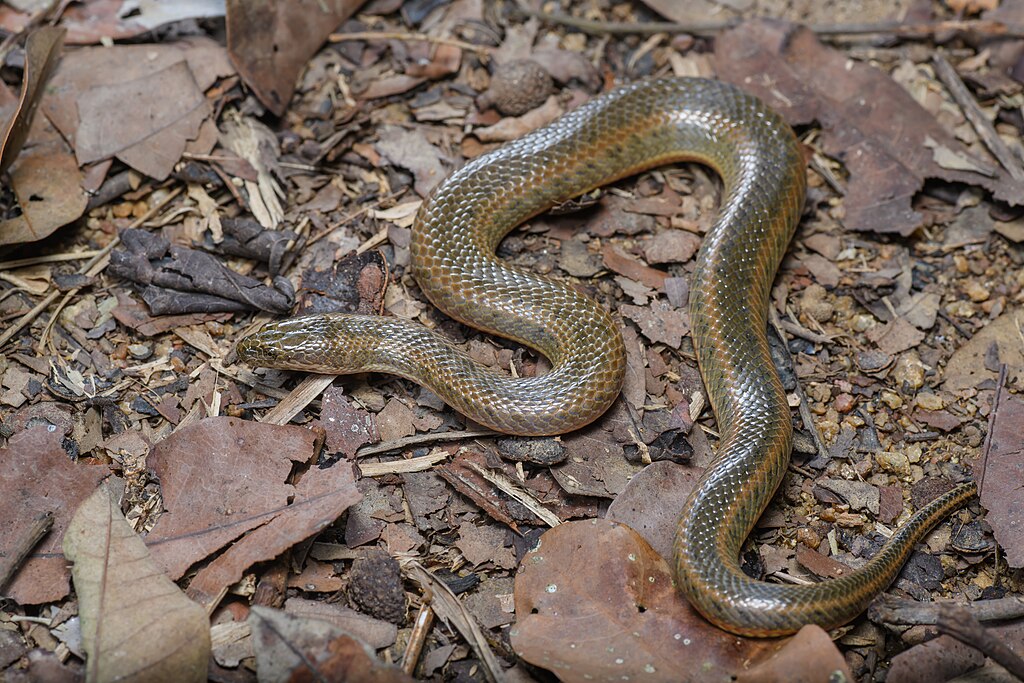Territorial behavior in display snakes is a natural instinct that can become problematic in captivity. When snakes feel threatened in their limited space, they may exhibit defensive posturing, striking, or other aggressive behaviors that make handling difficult and potentially dangerous. Understanding and mitigating these territorial tendencies is essential for both the keeper’s safety and the snake’s well-being. This article explores practical strategies for reducing territorial behavior in display snakes, helping to create a more harmonious relationship between you and your reptilian companion while ensuring their environmental and psychological needs are met.
Understanding Snake Territoriality
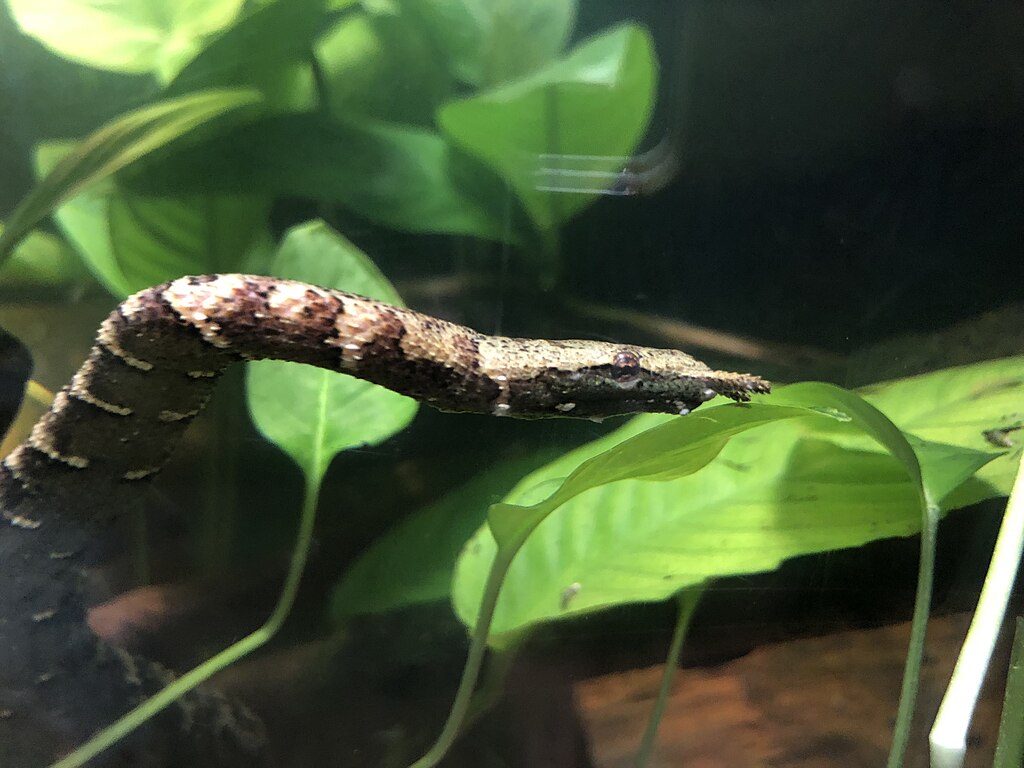
Territorial behavior in snakes stems from their evolutionary need to protect resources, breeding opportunities, and themselves from potential threats. In the wild, snakes establish territories to secure food sources, shelter, and breeding partners, defending these areas against competitors and predators. In captivity, the confined space of an enclosure becomes their entire territory, which they may defend vigorously, especially when they perceive human interaction as an invasion. This natural behavior can manifest differently across species – some snakes are inherently more territorial than others, with certain species like king cobras and some ratsnakes known for their strong territorial displays. Understanding that this behavior isn’t personal but rather an instinctual response helps keepers approach management with patience and appropriate techniques.
Recognizing Signs of Territorial Aggression

Before addressing territorial behavior, it’s crucial to recognize its manifestations in display snakes. Common signs include defensive posturing, where the snake elevates its head and anterior body to appear larger and more intimidating. Hissing, tail rattling (even in non-rattlesnake species), and striking or attempting to strike are clear indicators of territorial defense. Some snakes may also exhibit “periscoping” behavior, where they raise their heads high to survey their surroundings for potential threats. More subtle signs include increased tongue flicking, rigid body posture, and retreating to a defensive position within the enclosure when you approach. Being able to identify these behaviors early allows for proactive management before aggression escalates.
Providing Adequate Enclosure Size
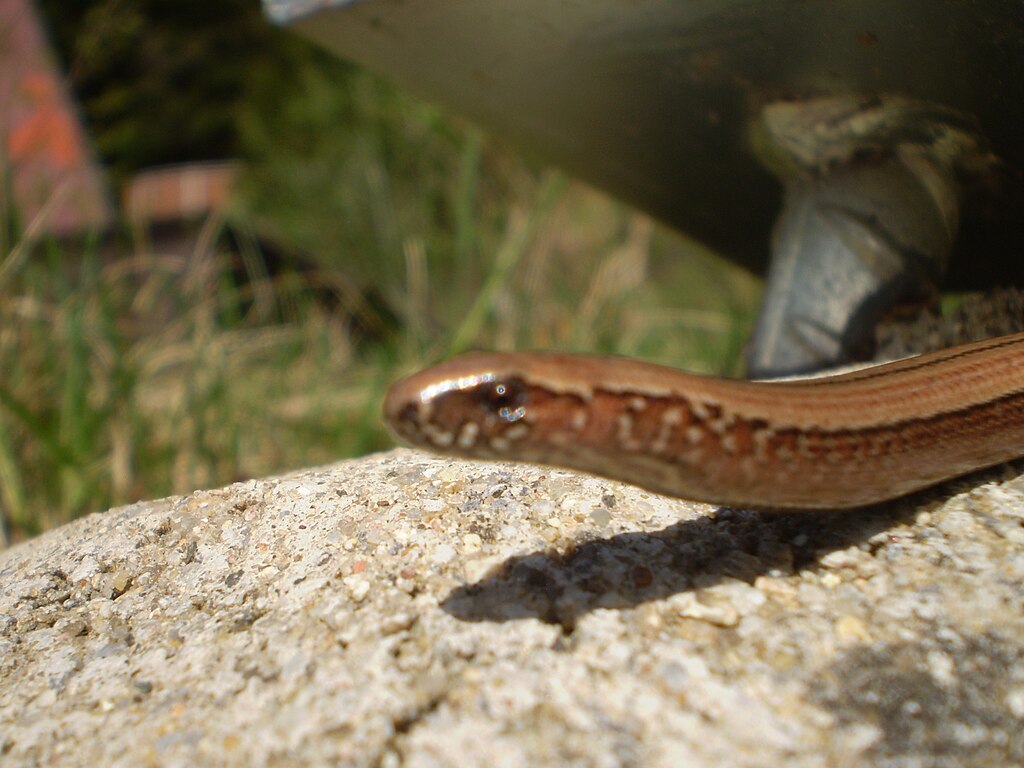
One of the most fundamental ways to reduce territorial behavior is ensuring your snake has an appropriately sized enclosure. Cramped quarters can intensify territorial responses, as the snake feels constantly threatened with nowhere to retreat. A general guideline is that the enclosure length should be at least two-thirds of the snake’s total length, with adequate width and height for natural movement and behaviors. For larger display species like boa constrictors or pythons, this may require substantial space commitments from the keeper. The enclosure should also provide distinct zones for various activities—basking, hiding, climbing, and exploring—so the snake doesn’t feel compelled to defend the entire space. Upgrading enclosure size as your snake grows is essential for maintaining behavioral health.
Creating Multiple Hiding Spots

Snakes feel more secure when they have multiple retreat options within their territory. Providing several appropriate hiding spots throughout the enclosure significantly reduces defensive territorial behavior. Place hides on both the warm and cool sides of the temperature gradient to give your snake options regardless of their thermoregulation needs. Hides should be snug but comfortable—ideally just large enough for the snake to fit its entire body inside with minimal extra space. Materials like cork bark, commercial snake caves, modified flower pots, or purpose-built reptile hides all work well. Having these secure retreats gives the snake a sense of control over its environment, reducing the need to defend the entire enclosure aggressively.
Optimizing Environmental Parameters
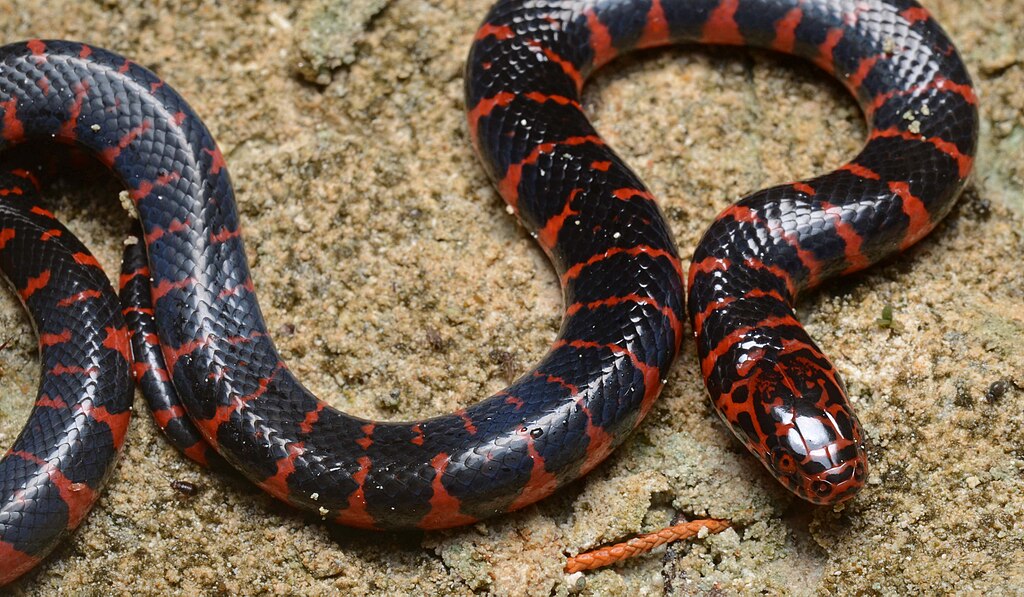
Territorial aggression often increases when snakes experience environmental stress due to suboptimal conditions. Maintaining proper temperature gradients is crucial, with appropriate basking spots and cooler retreat areas that allow the snake to thermoregulate effectively. Humidity levels should match the species’ natural habitat requirements, which may require regular misting, a larger water dish, or humidity-retaining substrates. Lighting should follow natural day/night cycles, with appropriate UVB provision for species that benefit from it. Regular monitoring of these parameters using thermostats, hygrometers, and timers ensures consistency. When environmental conditions fluctuate unpredictably, snakes become stressed and more likely to defend their territory aggressively, so stability is key.
Implementing Strategic Feeding Protocols
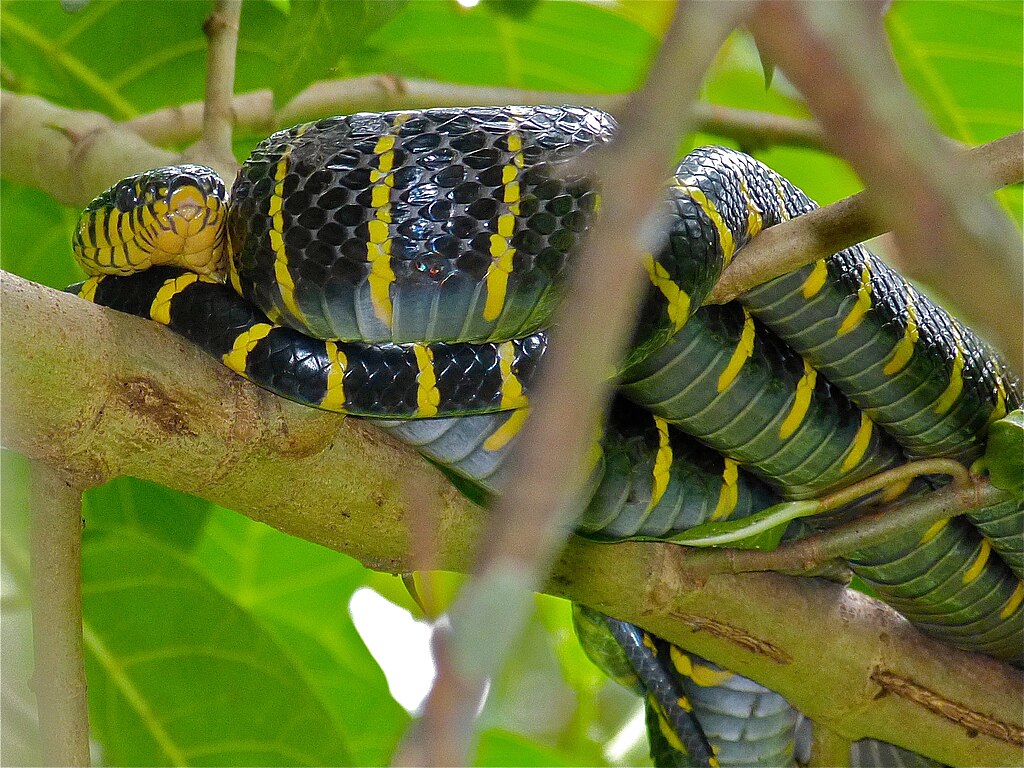
Feeding time can trigger or reinforce territorial behavior in display snakes if not managed properly. Many snake species associate movement near their enclosure with potential food, leading to strike-ready postures whenever you approach. To counteract this, establish a consistent feeding routine that separates regular handling from feeding events. Consider using feeding tongs to maintain a safe distance and prevent the snake from associating your hand with food. Some keepers successfully use a designated feeding container separate from the main enclosure, though this approach requires careful consideration to avoid causing stress during transfers. Never handle your snake immediately after feeding, as this can trigger regurgitation or defensive responses—wait at least 48 hours to allow for proper digestion.
Desensitization Training Techniques
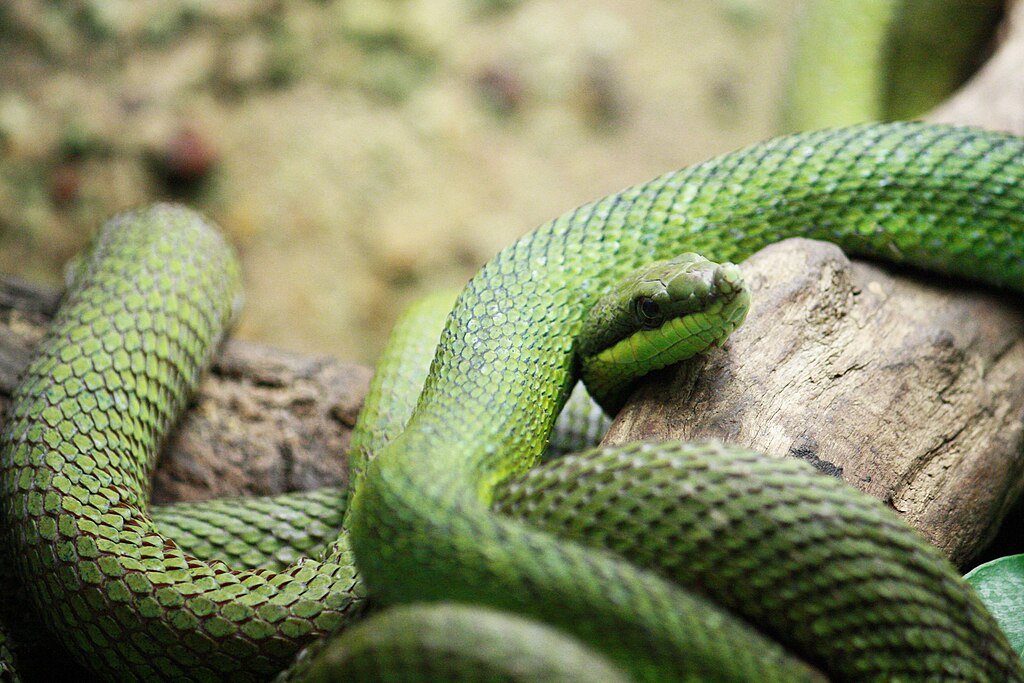
Systematic desensitization can effectively reduce territorial responses in display snakes over time. Begin by simply spending time near the enclosure without any attempts at interaction, allowing the snake to become accustomed to your presence. Gradually progress to placing your hand on the outside of the enclosure, then to opening the enclosure without touching the snake. Each step should be repeated until the snake shows minimal or no defensive reaction before moving to the next level. Eventually, introduce brief, gentle touches with a snake hook before attempting direct handling. This process may take weeks or months depending on the individual snake’s temperament and history, but patience during this training significantly reduces territorial defensiveness.
Proper Handling Approaches
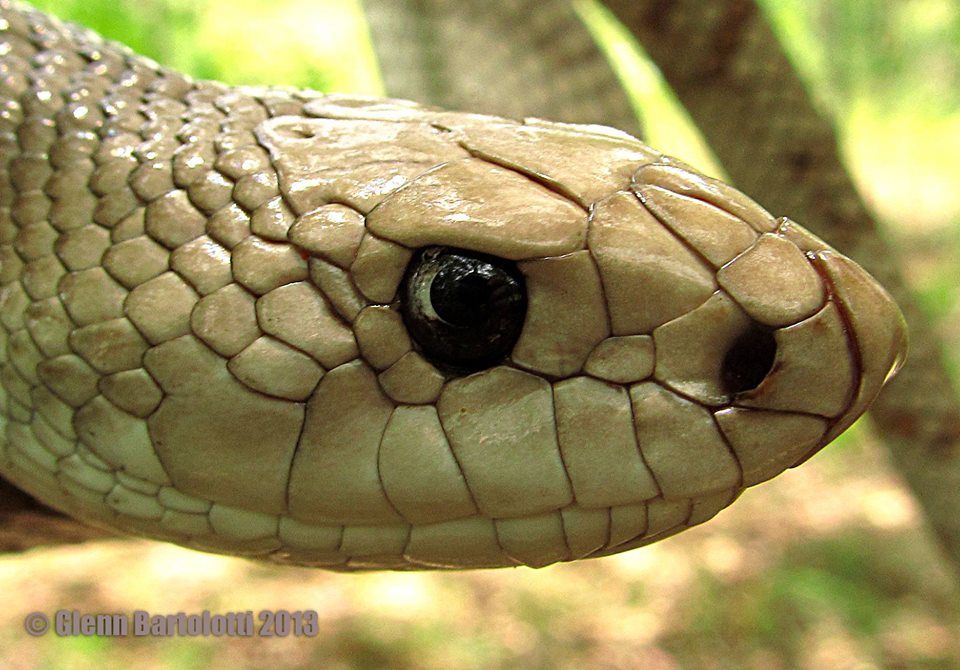
The way you handle your display snake can either reinforce or diminish territorial behavior. Always approach from the side rather than from above, as overhead approaches mimic predator attacks and trigger defensive responses. Use a snake hook or paper towel tube to gently touch the snake’s mid-body first, alerting it to your presence before attempting to pick it up. Support the snake’s body properly during handling, never restraining the head or neck area, which can intensify defensive reactions. Keep initial handling sessions brief, gradually extending the duration as the snake becomes more comfortable. Consistent, gentle handling sessions established on a regular schedule help the snake learn that human interaction isn’t threatening, reducing territorial defensiveness over time.
Enrichment to Reduce Stress
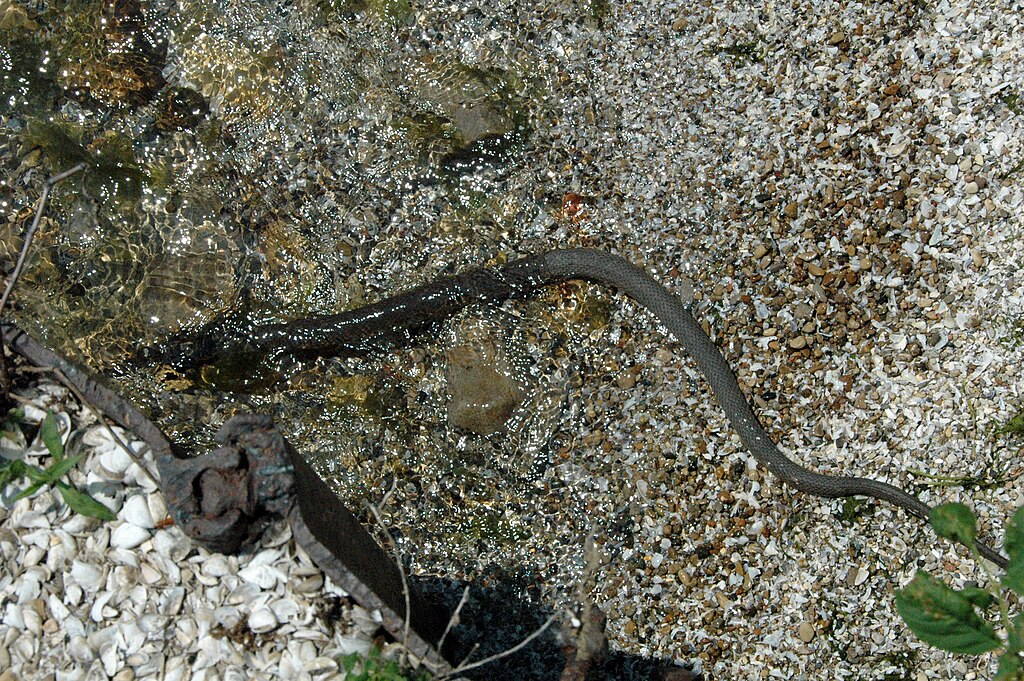
Environmental enrichment plays a crucial role in reducing territorial behavior by providing mental stimulation and encouraging natural behaviors. Incorporate climbing branches, rock formations, or platforms that allow arboreal or semi-arboreal species to utilize vertical space. Rearrange these elements occasionally to create new exploration opportunities without completely disrupting the snake’s sense of security. Substrate choices that allow for burrowing behaviors, such as aspen shavings or coconut husk, provide additional enrichment for ground-dwelling species. Some keepers successfully use scent enrichment by introducing safe, natural materials from the outdoors, like leaves or branches, after proper sanitization. These enrichment practices reduce stress and boredom, which often manifest as increased territorial aggression.
Minimizing Enclosure Disturbances
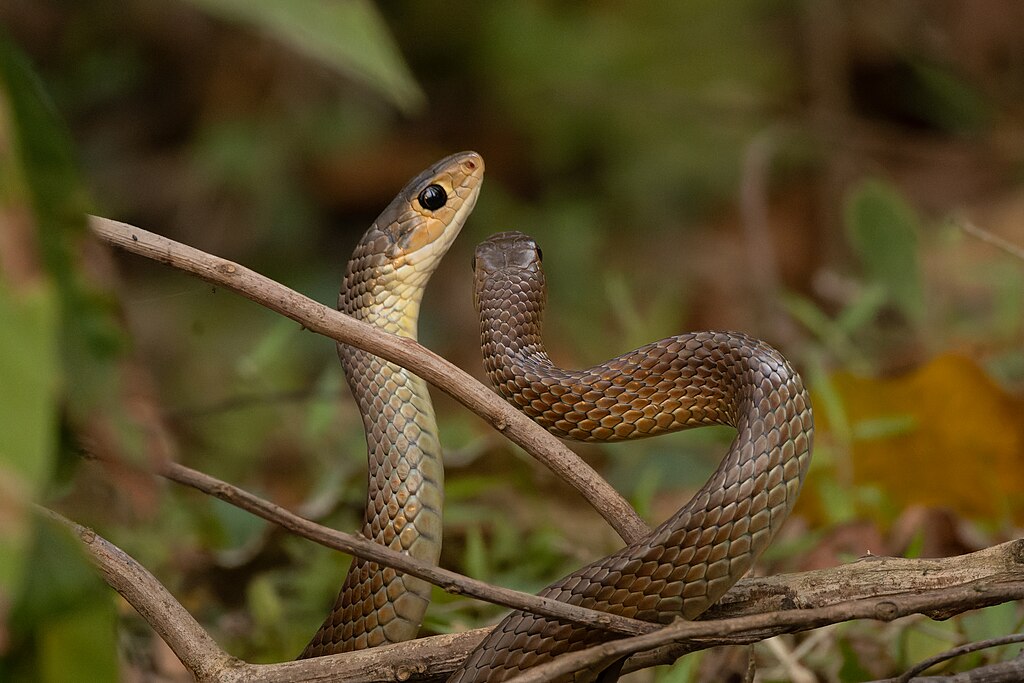
Frequent disruptions to the snake’s environment can heighten territorial defensiveness as the animal constantly feels the need to re-establish security. Limit major enclosure cleanings to when absolutely necessary, opting instead for spot cleaning of waste and contaminated substrate. When full cleanings are required, retain some of the snake’s scent by keeping a hide or decoration unwashed, helping maintain the animal’s sense of established territory. Position the enclosure in a moderate-traffic area where the snake can observe household activities without feeling constantly threatened by sudden movements or loud noises. Avoid placing enclosures in high-traffic pathways, near loud speakers, or where they might be bumped or jostled regularly.
Addressing Seasonal Behavior Changes
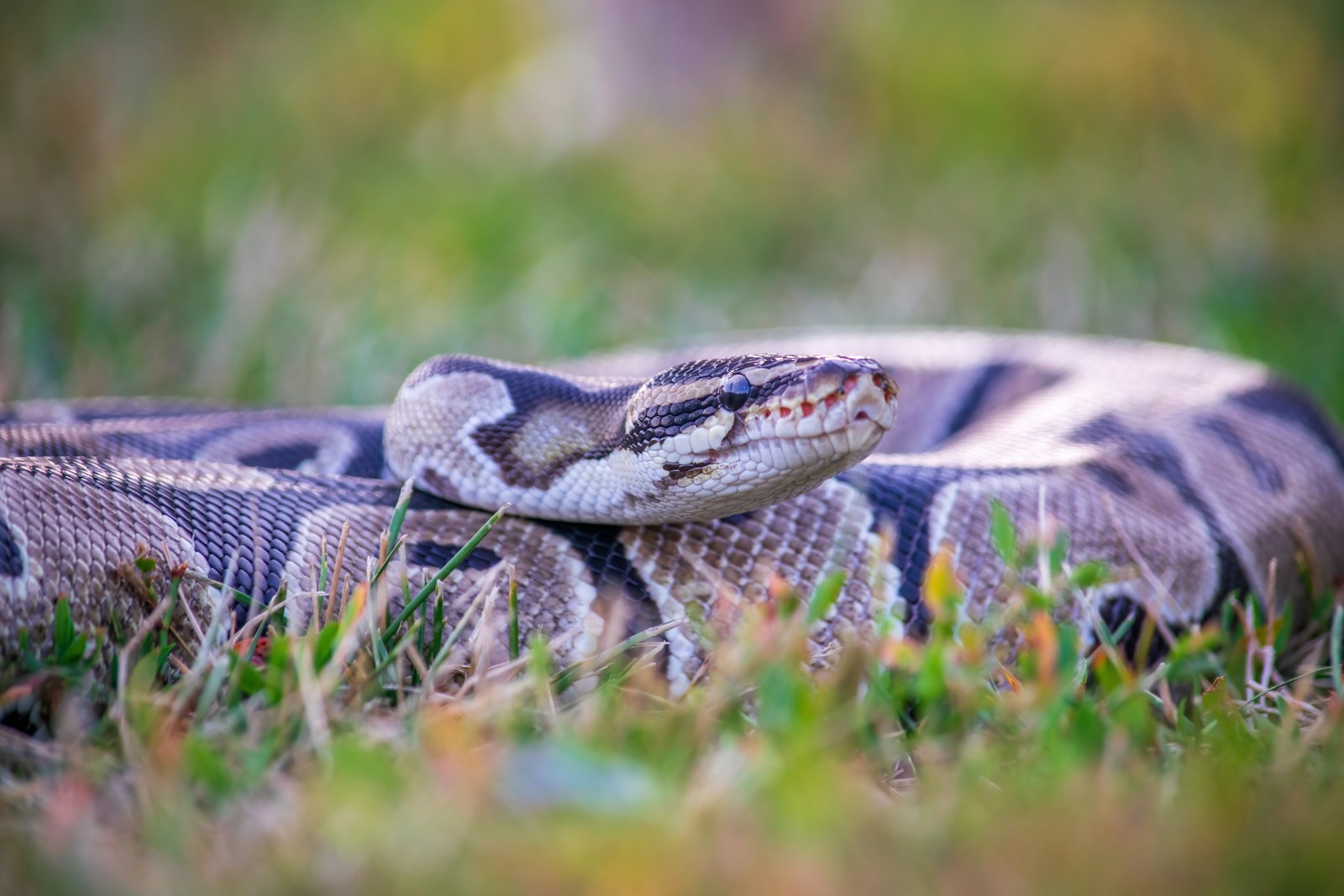
Many display snakes exhibit seasonal variations in territorial behavior that correlate with breeding cycles or natural behavioral rhythms. Males of many species become more territorial during breeding season, while females may show increased defensiveness before, during, or after egg-laying or giving birth. Some snakes also become more territorial before shedding when their vision is compromised and they feel more vulnerable. Recognizing these patterns allows keepers to adjust their handling and management accordingly, perhaps reducing interaction during these sensitive periods. Temperature cycling that mimics natural seasonal changes (if appropriate for the species) can help regulate these hormonal fluctuations in a more natural way, potentially moderating extreme territorial displays.
Working with Particularly Defensive Species

Some display snake species are naturally more territorial and defensive than others, requiring specialized approaches. Species like certain rat snakes, king cobras, and some vipers may never fully lose their territorial tendencies, regardless of socialization efforts. With these species, using appropriate tools becomes essential—longer snake hooks, transparent shields, or specialized handling tubes can provide necessary safety margins. Focus on establishing predictable routines that minimize stress during necessary maintenance tasks. Consider target training using positive reinforcement techniques, where the snake learns to associate a specific object with non-threatening interaction. For extremely defensive specimens, accepting their natural behavioral tendencies while creating management systems that respect their space may be the most humane approach.
When to Seek Professional Assistance

Despite your best efforts, some cases of extreme territorial aggression may require professional intervention. Consider consulting a reptile behaviorist or experienced herpetologist if your snake shows no improvement or if the behavior suddenly worsens, which could indicate an underlying health issue. Specialized reptile veterinarians can help rule out medical causes like pain, neurological issues, or infections that might manifest as increased aggression. Professional handlers may demonstrate specific techniques tailored to your snake’s species and individual temperament. Some reptile rescues and educational facilities offer workshops on managing difficult display species, providing hands-on training opportunities. Recognizing when a situation exceeds your expertise is essential for both your safety and the snake’s welfare.
Maintaining Long-Term Success
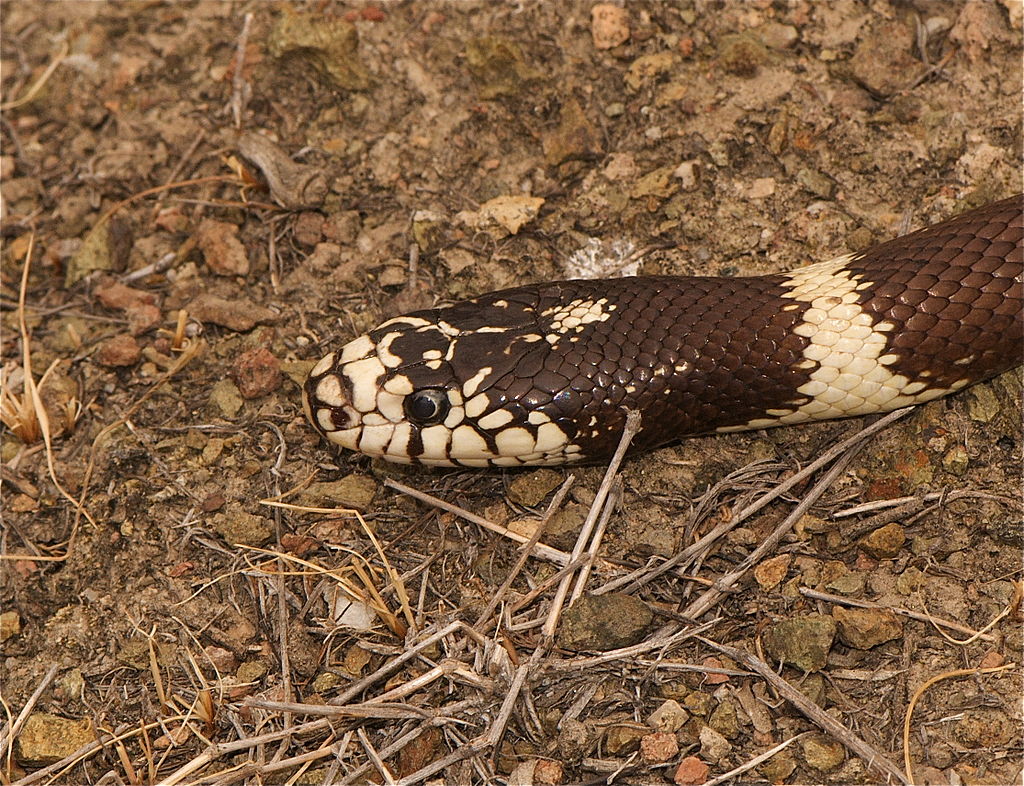
Reducing territorial behavior in display snakes is not a one-time achievement but an ongoing process requiring consistency and patience. Even after significant progress, territorial tendencies may resurface during times of stress, illness, or environmental changes. Maintain your established handling routine to reinforce positive behavioral patterns, being careful not to revert to irregular interaction which can undo your progress. Keep detailed records of behavior changes, correlating them with potential triggers like feeding, shedding cycles, or environmental adjustments. This documentation helps identify patterns that might otherwise go unnoticed. Remember that some level of territorial behavior is natural and should be expected—success is measured by managing these behaviors to a level that allows for safe interaction and proper husbandry, not complete elimination of the snake’s natural instincts.
Conclusion
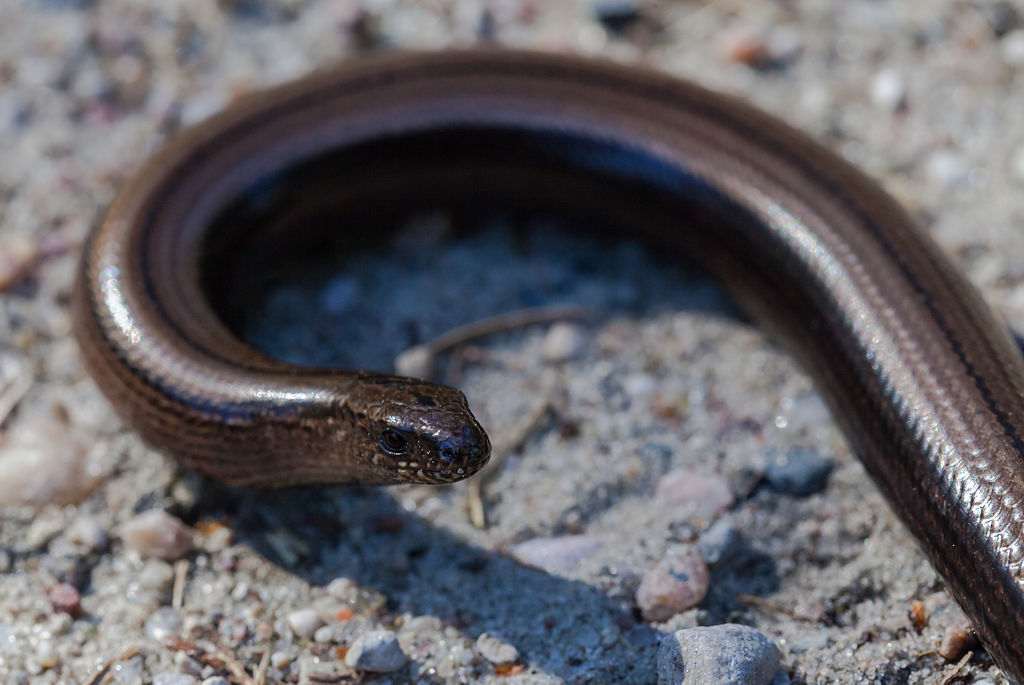
Reducing territorial behavior in display snakes requires a multifaceted approach that honors the animal’s natural instincts while creating an environment conducive to positive human interaction. By understanding the underlying causes of territorial displays, optimizing environmental conditions, and implementing consistent, respectful handling techniques, keepers can significantly reduce defensive behaviors in most snake species. Remember that this process requires patience—changes won’t happen overnight, but with persistent, thoughtful care, many display snakes can become more comfortable with human presence. The goal isn’t to eliminate natural behaviors entirely, but to foster a relationship based on trust and respect that allows both keeper and snake to coexist safely and with minimal stress.

